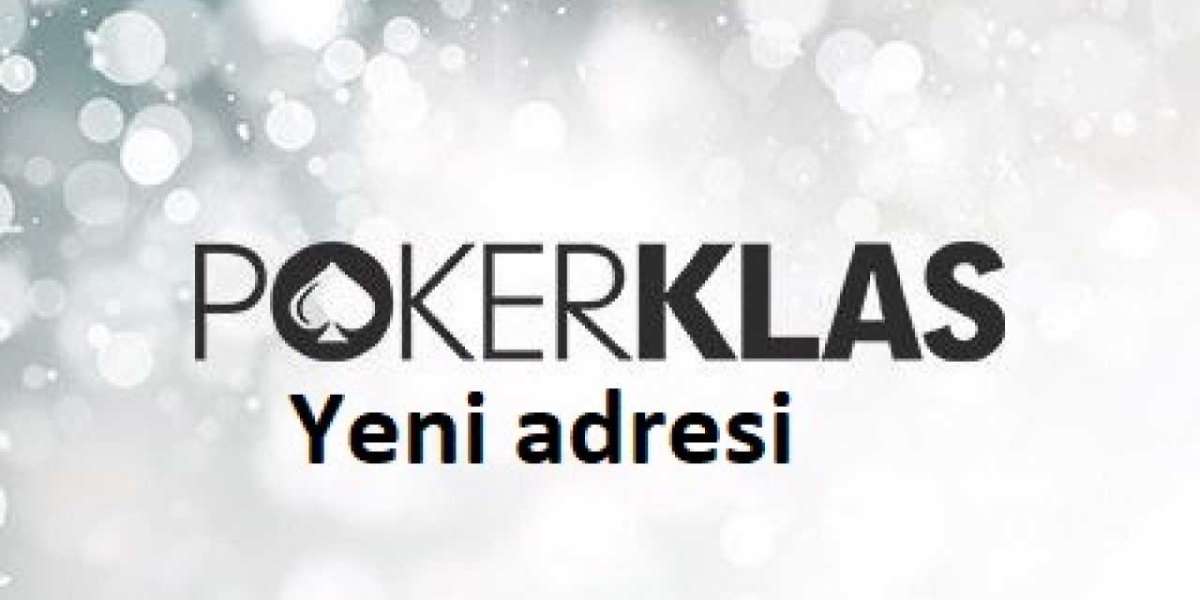With digitalization bringing new opportunities and threats, enterprises have to employ a stringent mechanism to handle vulnerabilities. The solution is Continuous Adaptive Risk and Trust Assessment.
Traditional IT security solutions favor black and white decisions, mainly whether to block or allow access to IT networks. However, this leaves businesses vulnerable to zero-day attacks and credential theft.
CARTA’s Roots
As security teams embrace digital transformation to compete with the likes of ZARA, MANGO, and GAP, they need a better way to protect their networks. Traditional role-based access control (RBAC) cannot keep up with the needs of companies that open their systems to a wide range of users who may not be authenticated or authorized by RBAC. This requires an improved security framework, and CARTA Continuous Adaptive Risk and Trust Assessment offers a solution that balances business-friendliness with protection.
CARTA combines traditional RBAC with attribute-based access control (ABAC) to monitor, detect, and alert to user behavior post log-in. This allows organizations to use ML and AI to examine traffic patterns, users, and assets to catch malicious behavior or anomalies before a breach occurs. This helps reduce threat response times and prevents costly consequences.
In addition to continuous monitoring and analysis, the first imperative of CARTA calls for organizations to standardize agility and enable contextual awareness. This is where CARTA Continuous Adaptive Risk and Trust Assessment really shines since it enables automation, which reduces the need for human intervention and improves overall security efficiency.
Gartner’s CARTA approach is a new and efficient way to deal with vulnerabilities. It has been around since 2017 and is based on the premise that in today’s dynamic digital world, some transactions must be allowed even when security is still uncertain. This strategy can help businesses overcome security challenges and create a resilient business model.
CARTA’s Purpose
CARTA is a security framework that provides a methodology for proactively assessing and managing cybersecurity risks. It can be used as part of an organization’s Risk Management Framework (RMF) and complements the more compliance-oriented focus of traditional RMF protocols.
Using predictive analytics, the system identifies and flags behavioral anomalies, such as when someone logs in from an unfamiliar location or at an unusual time, and automatically halts the login. The ability to detect and respond to anomalies in real-time reduces the need for manual intervention by IT staff and significantly shortens threat response times, which prevents costly breach consequences.
It is also a scalable solution for organizations of all sizes and can be integrated into existing infrastructure, including identity and access management (IAM) systems. Its key recommendation is to move away from the one-time yes/no risk decision at the door of the network, which is managed by a static RBAC access model and to implement continuous evaluations of users with context-aware information, such as identity, location, device type, etc.
This is a crucial step in achieving Zero Trust and is the foundation for Gartner’s Adaptive Security Architecture. It is the only way to address the evolving challenges of today’s constantly connected world, where attacks are increasingly sophisticated and business needs require speed and flexibility. Achieving this requires a new approach that can manage risks effectively while enabling digital transformation at the speed of business.
CARTA’s Benefits
When it comes to protecting against cybersecurity threats, businesses cannot afford to have outdated security protocols. Data breaches cost businesses millions of dollars in losses and can tarnish brand repute. Luckily, the CARTA method helps cybersecurity experts create stringent mechanisms to handle vulnerabilities.
CARTA, which is a new and efficient IT security approach, focuses on continuously evaluating users or devices and making contextual access decisions. It is rooted in the Zero Trust framework, which advocates that no user or device should be considered inherently trusted. This allows organizations to reduce breach risk by reducing the number of vulnerable points hackers can exploit.
As a result, businesses with CARTA in place can detect and respond to attacks much faster than those without this methodology. They are also able to close security gaps that hackers can leverage as they enter the network, which further mitigates the threat.
In addition to providing a stringent mechanism for handling vulnerabilities, the CARTA Continuous Adaptive Risk and Trust Assessment. methodology allows business leaders to monitor control performance. This provides valuable insights into how effective existing controls are and whether they need to be strengthened or replaced. This process is an excellent complement to the National Institute of Standards and Technology’s Risk Management Framework (RMF), which focuses on identifying, assessing, and managing risks.
CARTA is especially useful for complex networks that include third parties, cloud services, IoT and mobile. These types of networks tend to have more hardware, software, and devices that need to be assessed for security and compliance purposes. The continuous monitoring and assessment of these devices and networks allows organizations to ensure that all aspects of their digital ecosystem are accounted for in their security protocol.







